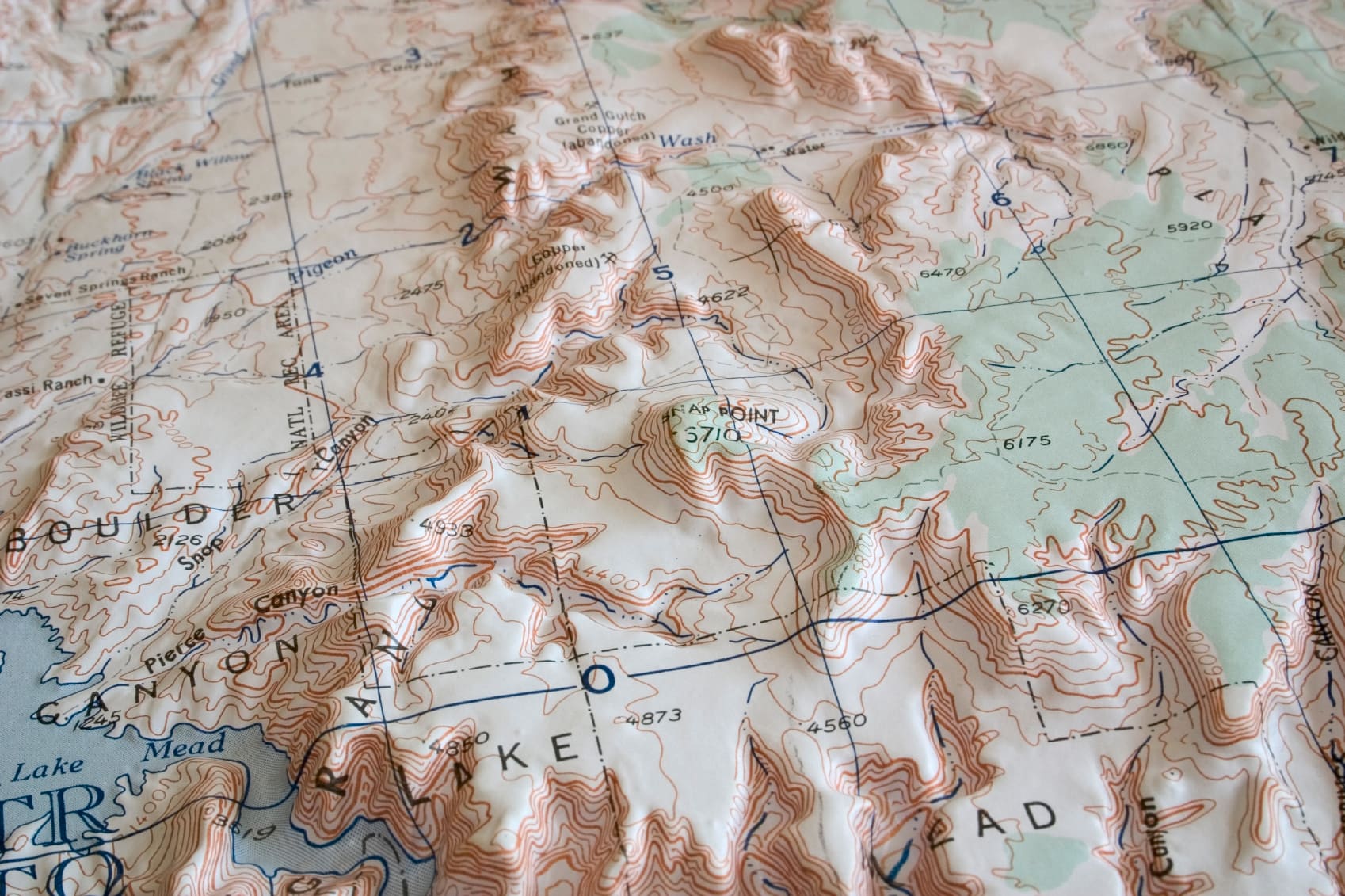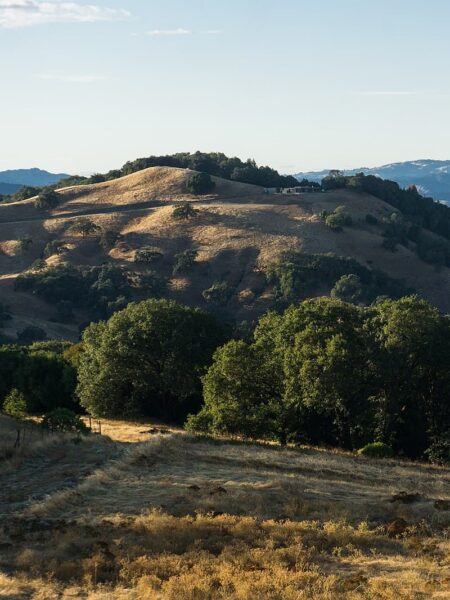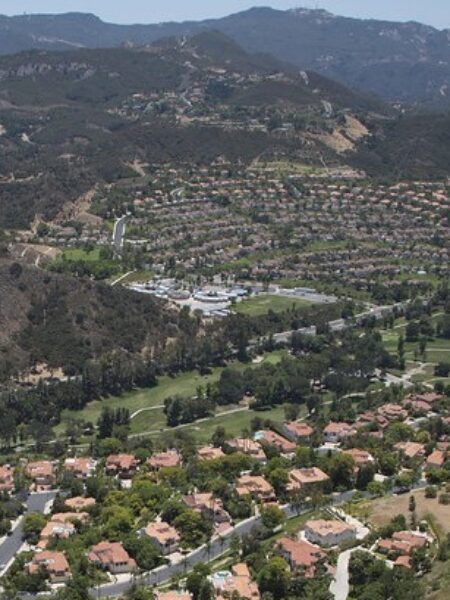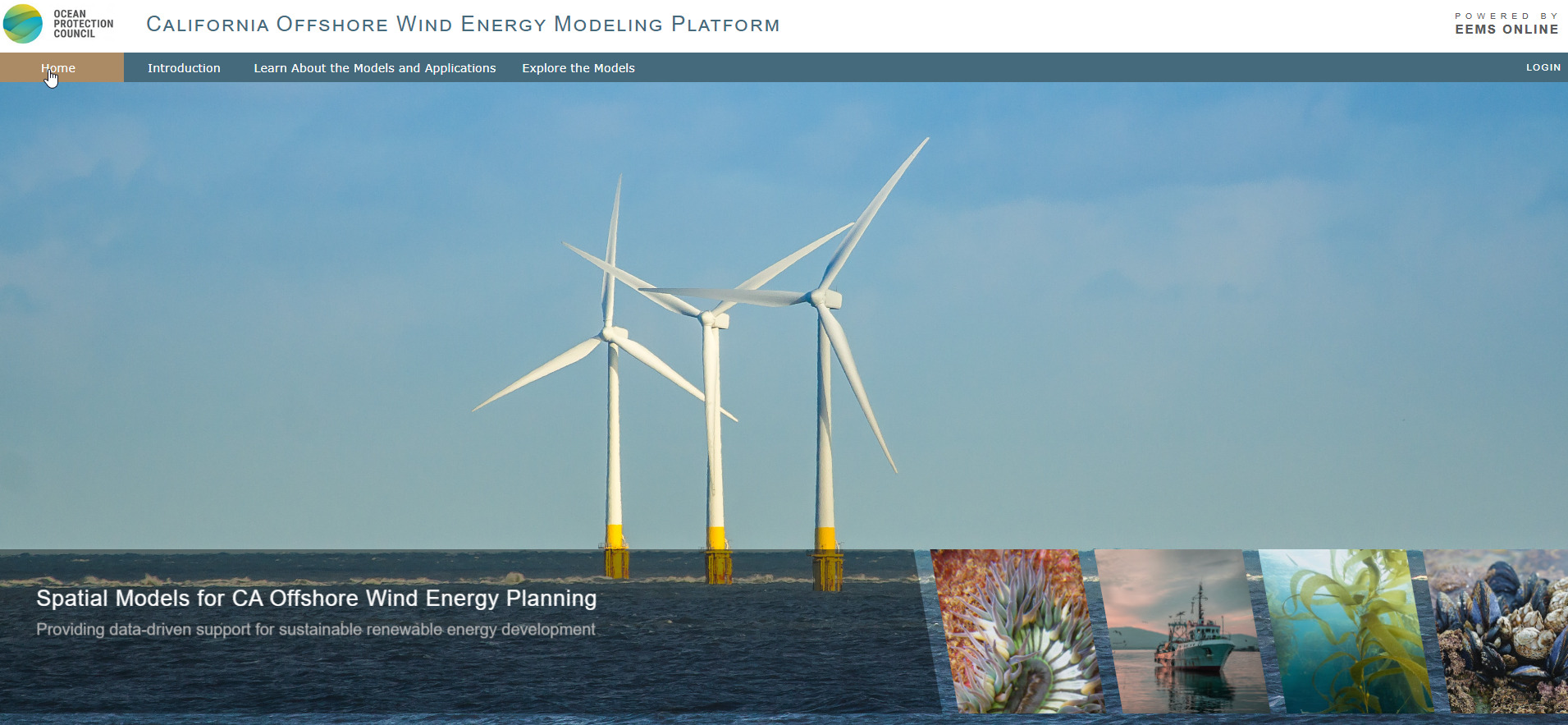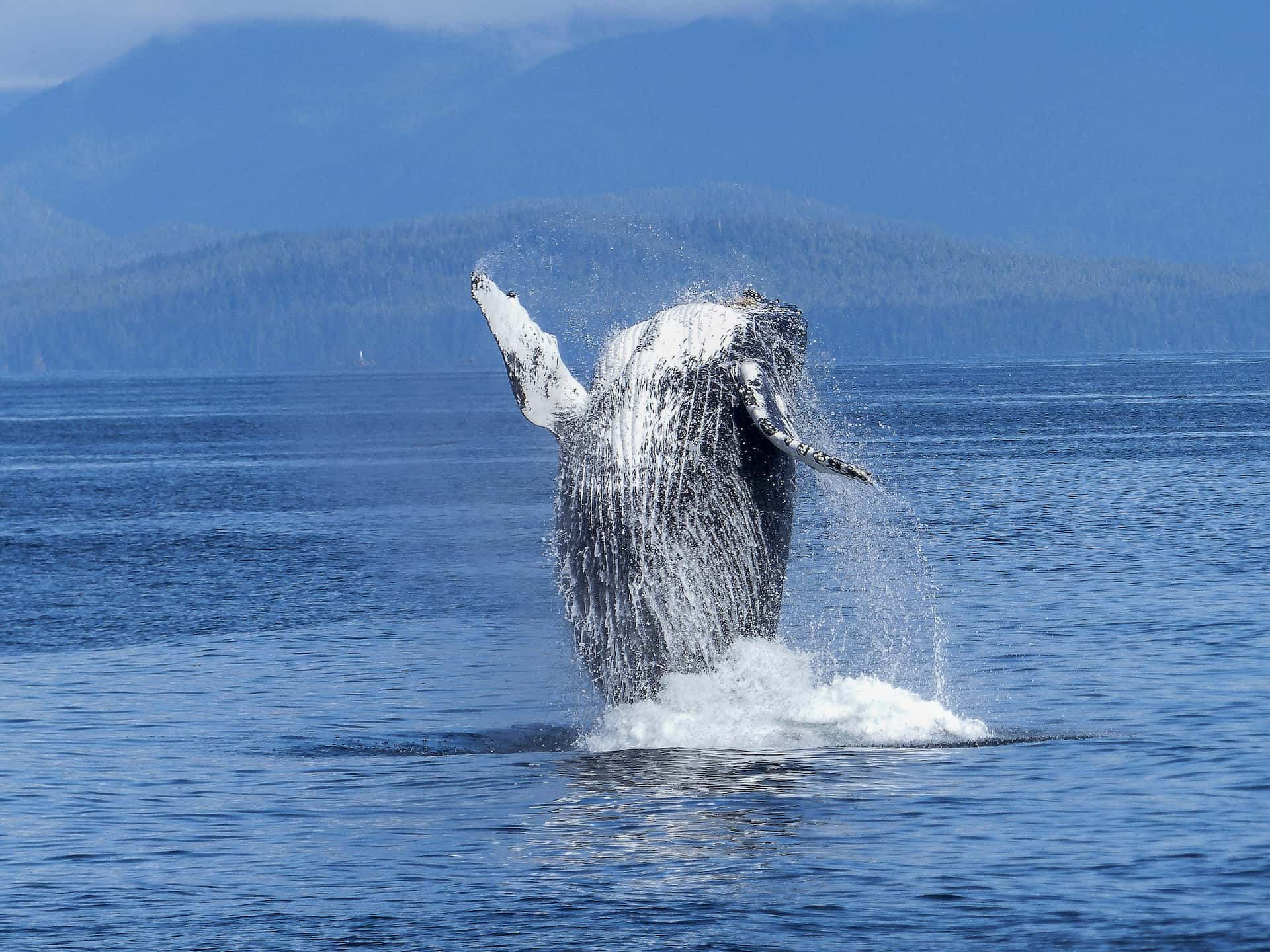featured Project in
Natural Resource Inventory for the Squaxin Island Tribe, Washington
In collaboration with Picea, Inc., the Conservation Biology Institute (CBI) conducted a comprehensive natural resource inventory for the Squaxin Island Tribe, located in western Washington at the southern extent of […]

